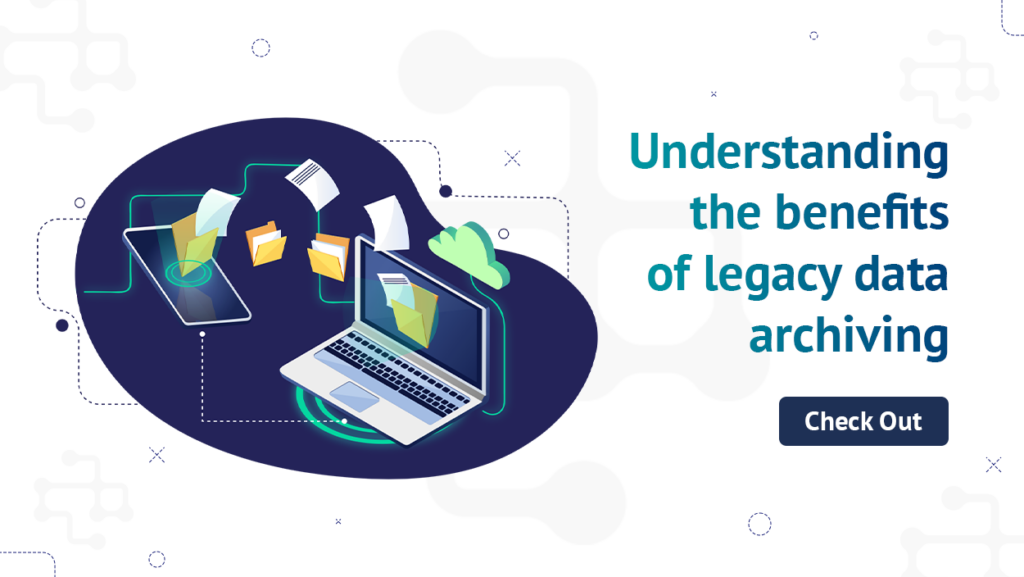
The healthcare industry, a rapidly evolving business, has amassed so many resources over the years—assets, technologies, systems, physical and virtual settings, etc.—that it now virtually overflows with old healthcare software. Equipment and systems launched 10–15 years ago now require proper care and maintenance, and legacy data archives (keeping patient histories, individual records, corporate data, etc.) need more dependable storage mechanisms.
Now, it is crucial to transition healthcare institutional data in a timely manner to a new, faster-operating EHR. Data archiving and migrating to other settings are fundamental procedures typically carried out by qualified service providers, using specialized tools and platforms.
WHY TAKE A RISK?
In 73% of cases, healthcare organizations still use outdated operating systems. Outdated systems drive the fact that healthcare organizations presently confront the third-biggest security challenge. Despite clear benefits, three major challenges keep healthcare IT professionals from quickly retiring legacy systems.
Benefits of legacy data archiving:
- Discontinuing the upkeep of costly old EMR systems
- Reduced primary storage usage and associated expenses by keeping your preserved material on a less expensive storage tier.
- Observing the necessary data retention standards
- Lowered costs and the absence of legacy System/Subject Matter Experts
- Provide the capacity to carry out mandatory Information Release as needed by legal subpoenas and other requests
- Identify the ideal/preferred archival solution or utilize the archival solution already in use by the client
Maintaining Legacy Data Systems allows for cost savings and spares clients from having to maintain appropriate hardware, patch levels, and system upgrades. It also satisfies vendor and data retention obligations.
The Pitfalls of Legacy Data Archiving
Whether a single site healthcare provider or multi-faceted health system, there are common pitfalls in archiving a legacy system.
These include:
- Not realizing the amount of time and materials required for data extraction.
- Not properly comprehending the requirements for functionality following extraction and implementation.
- Not fully accounting for the whole cost of ownership.
- Planning for the short term without considering long-term management or erasing data when it is no longer required
Learn more about Fovea and Triyam’s services
The Fovea EHR data archival system is easily accessible from any type of device. A radio button can be installed within your existing new EHR/EMR system so staff can access archived data with a single link. There is no need to transfer between programs. Fovea offers a competitive pricing structure that scales to your facility’s needs.
Contact Triyam to schedule a free evaluation, attend a complimentary webinar, or receive a custom demo.
